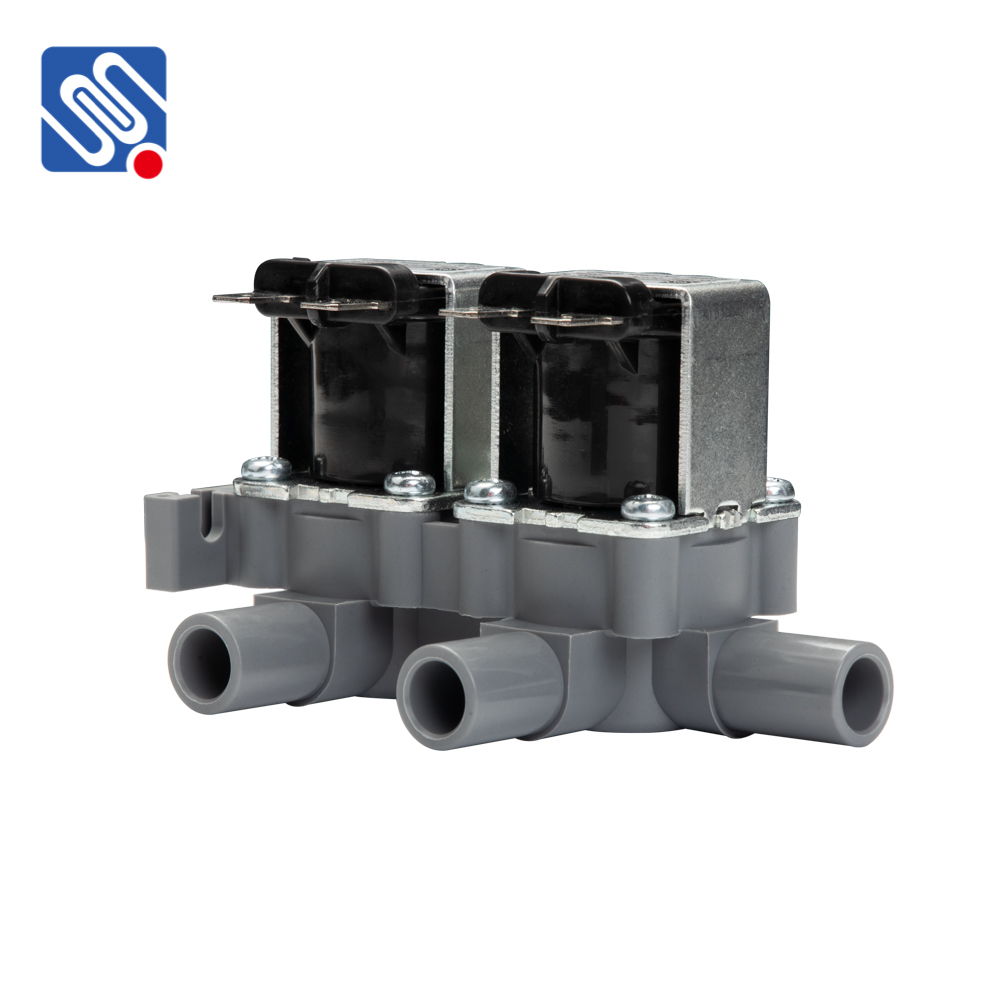A one-way solenoid valve is an essential component in various fluid control systems, playing a critical role in controlling the flow of liquids or gases. Its primary function is to allow fluid to flow in one direction only while preventing reverse flow. This type of valve is widely used in numerous applications ranging from industrial automation to everyday household systems. In this article, we will explore the mechanism, features, applications, and benefits of one-way solenoid valves.

What is a One-Way Solenoid Valve? A one-way solenoid valve is a type of valve equipped with a solenoid, an electromagnetic device that controls the opening and closing of the valve. When an electric current passes through the solenoid coil, it generates a magnetic field, which activates a plunger or armature. This movement either opens or closes the valve, allowing or stopping the flow of the fluid. The “one-way” designation refers to the valve’s ability to permit fluid flow in only one direction. In other words, it acts as a check valve, ensuring that the fluid cannot flow backward. This feature is particularly useful in systems where reverse flow could cause damage, inefficiency, or malfunction.